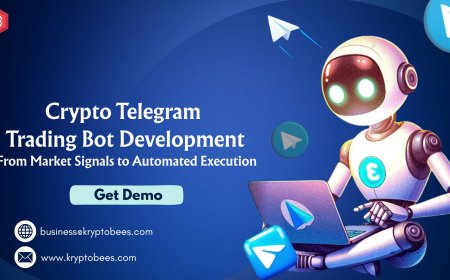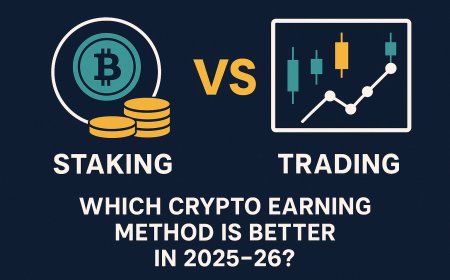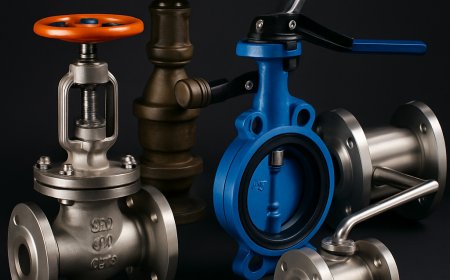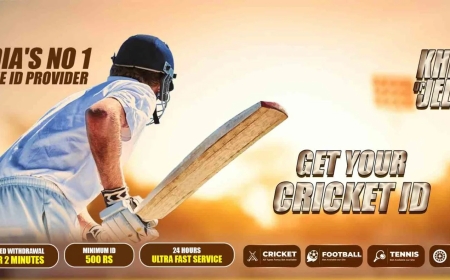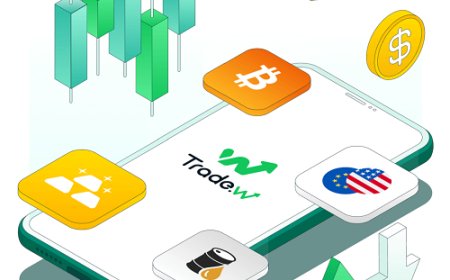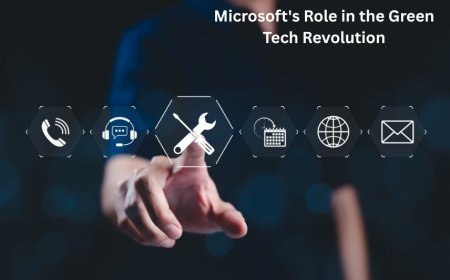Effective Loyalty Program Management for Customer Growth
However, merely launching a rewards initiative isn’t enough. Businesses must focus on strategic loyalty program management to ensure sustained customer growth and program success.

In todays competitive business environment, brands are constantly seeking innovative ways to retain customers and drive long-term engagement. One of the most effective strategies for achieving this is the implementation and optimization of loyalty programs. However, merely launching a rewards initiative isnt enough. Businesses must focus on strategic loyalty program management to ensure sustained customer growth and program success.
Loyalty program management refers to the comprehensive process of designing, executing, monitoring, and refining customer loyalty initiatives. It involves aligning the program with business goals, understanding customer behavior, leveraging data, and adapting to changing market trends. When done effectively, it not only boosts customer retention but also fosters brand advocacy and increases revenue per user.
Why Loyalty Program Management Matters
A well-managed loyalty program goes beyond offering discounts or freebies. It creates an ecosystem where customers feel valued, recognized, and rewarded for their continued patronage. Poorly managed programs can lead to confusion, disengagement, or even a loss of trust in the brand. On the other hand, effective management ensures a seamless, enjoyable experience that keeps customers returning.
According to industry research, increasing customer retention by just 5% can lead to a profit boost of 25% to 95%. This underscores the importance of loyalty initiativesand more importantly, the systems that manage them.
Key Components of Loyalty Program Management
To deliver a successful loyalty experience, businesses must focus on several key components:
1. Program Design and Strategy
The first step is setting clear objectivessuch as improving repeat purchases, boosting average transaction value, or expanding brand reach. From there, businesses must design reward structures that motivate customer participation. This might include points, cashback, tiered levels, referral bonuses, or experiential rewards.
2. Technology and Infrastructure
Modern loyalty programs require robust technology to function efficiently. This includes software platforms that manage user accounts, track activity, distribute rewards, and provide data insights. Integration with POS systems, CRMs, and eCommerce platforms is also crucial for a smooth user experience.
3. Customer Data and Insights
Collecting and analyzing customer data allows businesses to personalize rewards and communication. Understanding preferences, purchase behavior, and engagement levels helps in segmenting customers and tailoring offers that resonate.
4. Omnichannel Engagement
Customers interact with brands across websites, apps, social media, and physical stores. Loyalty program management ensures consistency across these touchpoints, offering a unified experience no matter where the customer engages.
5. Communication and Promotion
Even the most rewarding programs can fall flat without effective communication. Businesses must regularly promote the loyalty program through email, in-store signage, push notifications, and social campaigns to keep customers engaged.
6. Performance Tracking and Optimization
Ongoing monitoring is essential. This involves analyzing metrics such as enrollment rates, reward redemption, churn rate, and ROI. Based on these insights, businesses can fine-tune their program for better performance.
Popular Tools for Loyalty Program Management
Several platforms offer comprehensive features to support loyalty program management. Some of the leading tools include:
-
Smile.io: Popular with eCommerce brands, offering points, VIP tiers, and referral capabilities.
-
LoyaltyLion: A data-driven platform that integrates seamlessly with Shopify and Magento.
-
Yotpo Loyalty: Combines loyalty with review and SMS marketing features for a holistic engagement approach.
-
Salesforce Loyalty Management: Ideal for large enterprises seeking scalable, customizable solutions.
-
Kangaroo Rewards: A versatile solution for both in-store and online businesses with a strong mobile presence.
These platforms streamline the entire loyalty lifecyclefrom enrollment to engagement to analyticsmaking it easier for businesses to manage their programs effectively.
Best Practices for Loyalty Program Management
Here are proven strategies for managing a successful loyalty program:
1. Keep It Simple
Complex rules and unclear reward structures can deter participation. Simplicity enhances usability and encourages frequent engagement.
2. Reward Beyond Transactions
Recognize customers for social sharing, reviews, referrals, and birthdays. This builds emotional loyalty and deepens brand connection.
3. Personalize the Experience
Use customer data to offer personalized rewards, exclusive offers, and content. Personalized programs often outperform generic ones.
4. Create a Sense of Exclusivity
Tiered memberships, early access to sales, or VIP events make customers feel special and valued.
5. Encourage Feedback
Regularly solicit feedback to understand what customers loveand what could be improvedin the program.
One key aspect of Customer Loyalty Program success is the ability to evolve based on feedback and analytics. A stagnant program loses relevance quickly, whereas an adaptive one continues to excite and engage users.
Measuring the Success of Your Program
To evaluate your loyalty program management efforts, track the following KPIs:
-
Enrollment Rate: Percentage of customers joining the program.
-
Redemption Rate: How often rewards are being claimed.
-
Repeat Purchase Rate: Indicates loyalty and frequency of transactions.
-
Customer Lifetime Value (CLV): Measures overall value from each customer.
-
Churn Rate: Helps identify disengaged or lost members.
These metrics reveal how well your program is performing and where adjustments are needed to maximize growth and satisfaction.
Real-World Example: The North Face XPLR Pass
The North Faces loyalty program, XPLR Pass, is a well-executed example of effective loyalty program management. Members earn points not only for purchases but also for checking in at national parks and attending events. This multi-touchpoint engagement, paired with exclusive access to products and experiences, has made the program a hit among adventure-seeking customers.
Final Thoughts
Loyalty program management is not a one-time taskits an ongoing strategy that requires attention, innovation, and alignment with customer expectations. With the right approach and tools, businesses can create rewarding experiences that turn first-time buyers into lifelong brand advocates.
In the end, loyalty is earnednot given. By managing your program effectively, you not only retain customers but also create deeper connections that fuel sustainable growth in a crowded marketplace.






